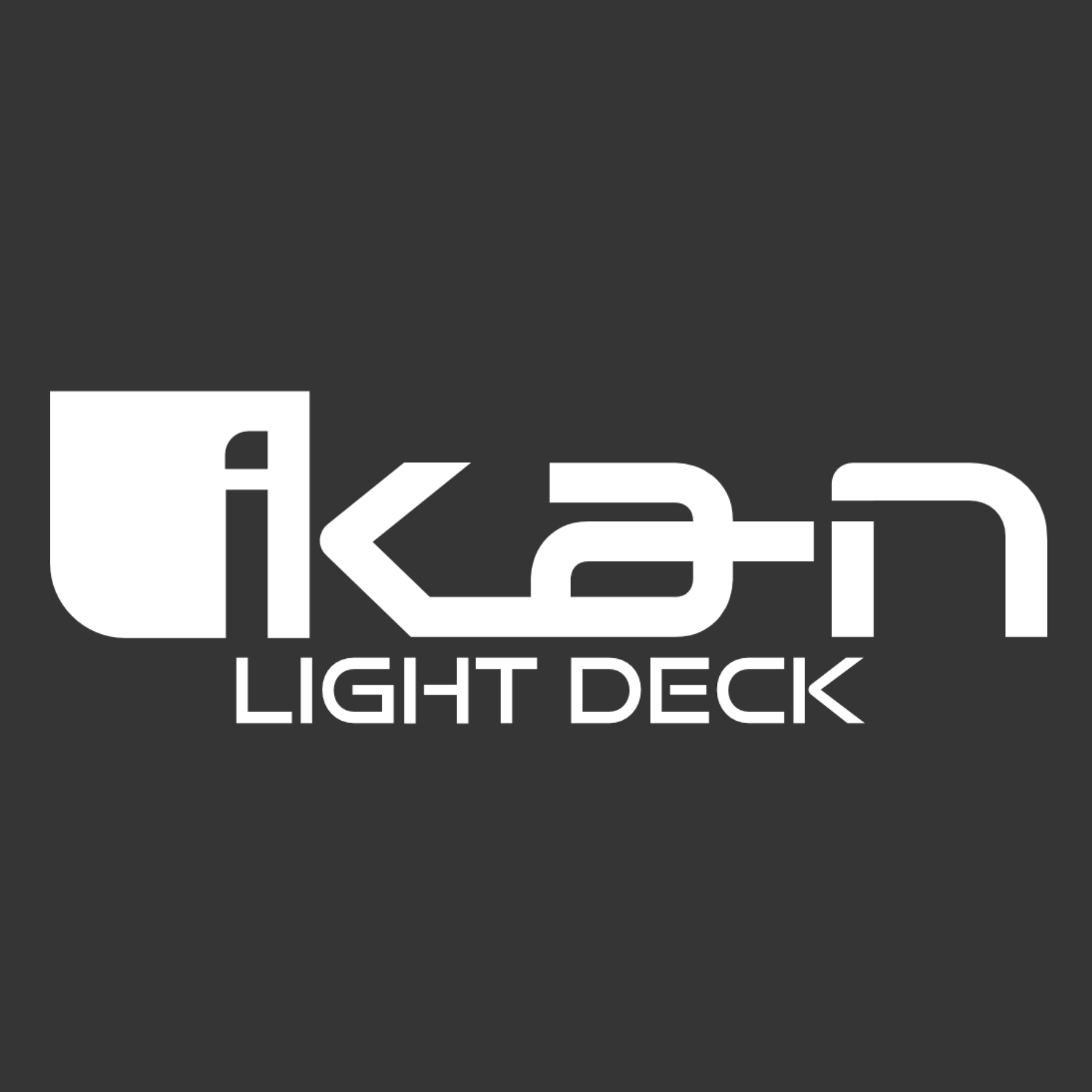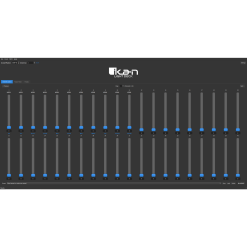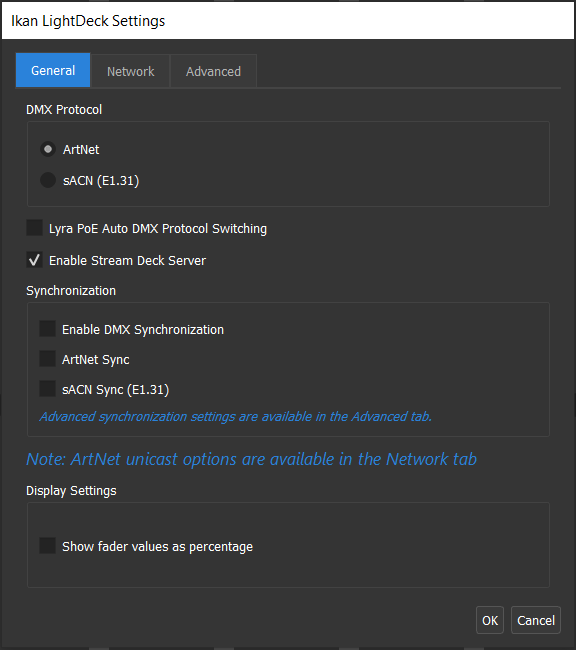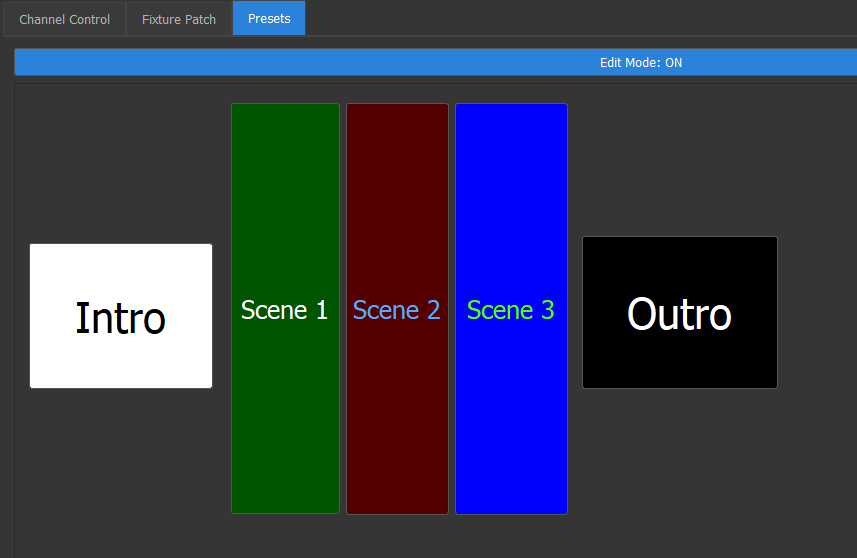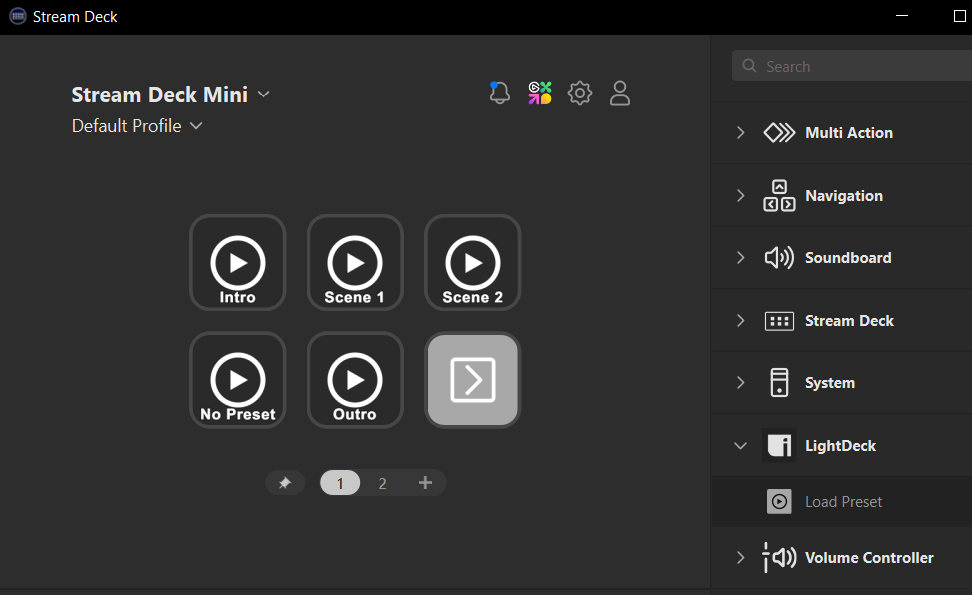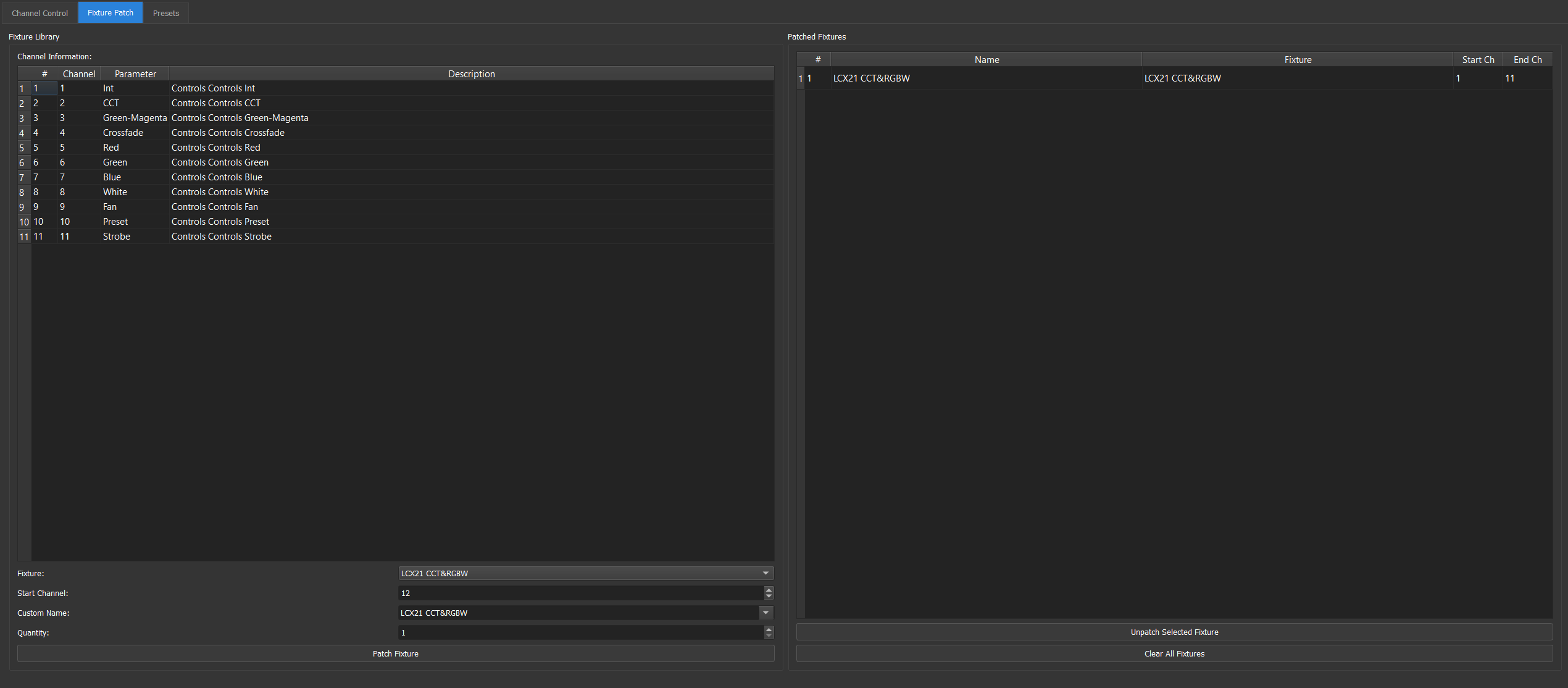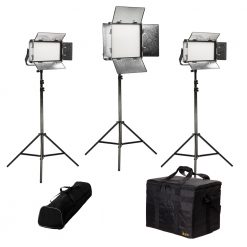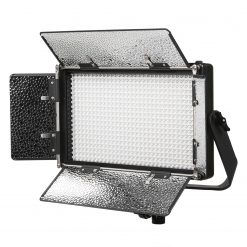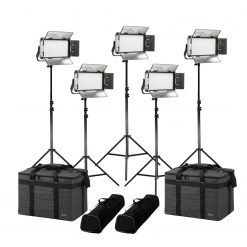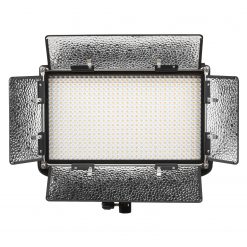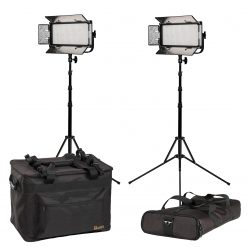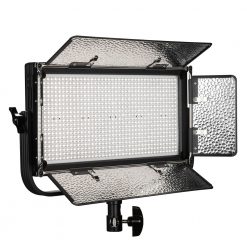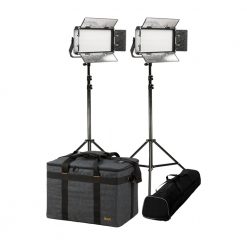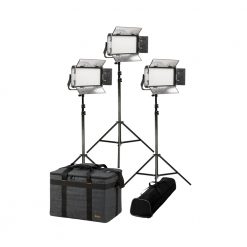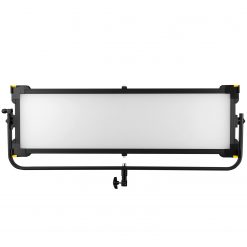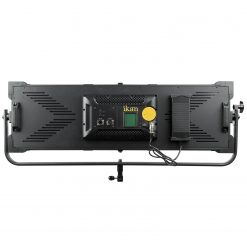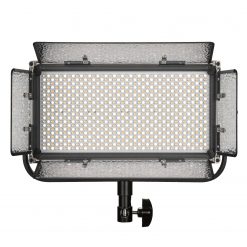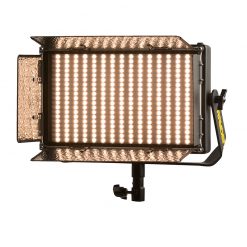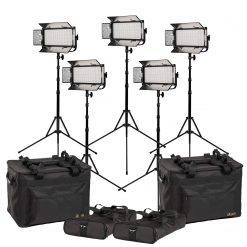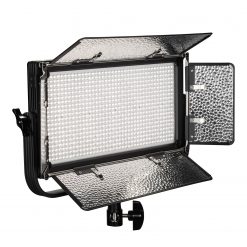The Ikan Light Deck is a professional DMX lighting control application designed for broadcast, studio, and live event environments. This comprehensive software solution supports both ArtNet and sACN (E1.31) protocols, providing seamless integration with a wide range of DMX-compatible lighting fixtures and networks. LightDeck combines intuitive fader-based control with advanced features like fixture patching, preset management, and hardware integration, making it the ideal solution for lighting professionals who demand precision, reliability, and flexibility in their workflow.
Light Deck DMX Lighting Controller ArtNet & sACN (Digital Version)
$329.99
Download
- Light Deck Download (Windows), Download (Mac Silicon)
- Stream Deck Plugin Download
- Trial Mode: Limited to 10 Channels, 1 Universe, & 2 Presets
Model: LIGHTDECK
- Perpetual License for up to 2 Computers
- Multi-Universe DMX Lighting Control
- Art-Net & sACN (E1.31) Protocol Support
- Native Elgato Stream Deck Integration
- Full MIDI Controller Compatibility
- Grid-Based Preset System with Unlimited Storage
- Customizable Preset Buttons (Color, Text, Size)
- Drag-and-Drop Preset Layout Editing
- Built-In Fixture Library and Easy Patching
- Per-Universe Sync & Priority Controls
- Grand Master and Fader Grouping
- Flexible Network & Interface Configuration
- Save/Load Complete Show Profiles
In stock

